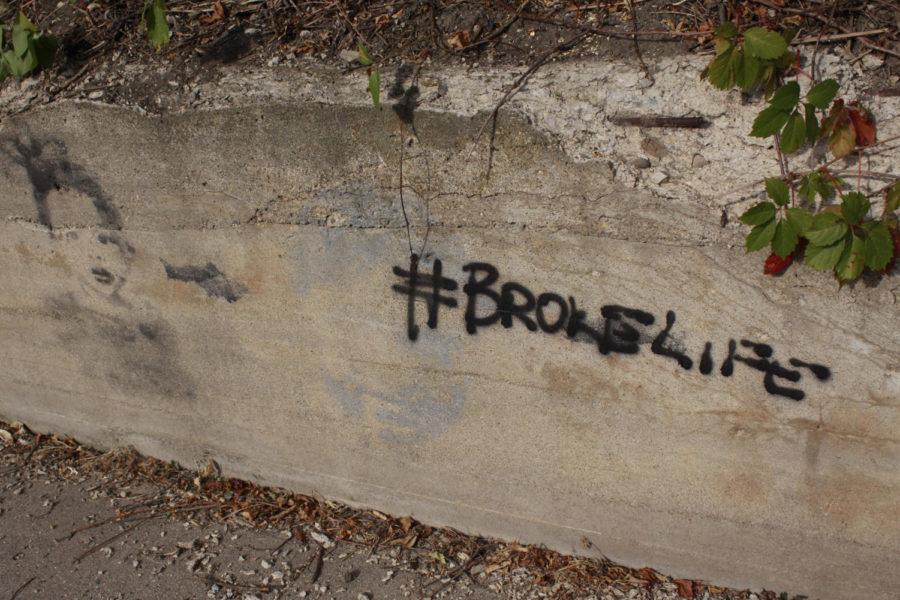City of Ames addresses graffiti issue
September 6, 2013
The city of Ames has implemented a graffiti cleanup project in order to revitalize the downtown, Campustown and campus areas.
Mike Arkovich, Safe Neighborhoods Team sergeant, said graffiti has been found on more than 95 rental, commercial and private properties since the team began documenting the graffiti last fall. He said the issue of graffiti is not new.
“Campustown’s trying to revitalize itself, the same with Main Street,” Arkovich said. “It’s hard to do that when you have a bunch of graffiti on the buildings.”
He said the largest concentration of graffiti is on Welch and Stanton avenues, mostly around the bars.
“I don’t know why it happens, what’s going on, if there are certain groups that are doing it,” said Sara Van Meeteren, community codes liaison.
Van Meeteren and Arkovich said cleaning up graffiti in those areas also acts as a preventative measure, as if the image of graffiti sparks the idea.
“The idea is that if we get it cleaned up right away, people won’t even think that graffiti is an option there,” Van Meeteren said. “If we leave it, it will encourage more people to do it because it gives the image that that area is not well kept, so more graffiti tends to show up in that area.”
Ames rental code requires graffiti found on rental property be cleaned up by property owners. When documented, the city sends a letter to rental property owners, asking them to clean up vandalized property. Commercial property owners are not required to remove graffiti; however, the city strongly urges property owners to remove.
“It doesn’t look nice. Someone defaced somebody else’s property,” Arkovich said. “The likeliness of someone saying, ‘Hey, would you go spray-paint some phrase on my building?’ is usually slim to none.”
Van Meeteren said that unfortunately the task of removing the graffiti falls on property owners as a common ownership responsibility.
“It’s like mowing. You might not have planted the grass, but you have to mow it,” Van Meeteren said.
Most of the graffiti about Campustown and downtown Ames consists of phrases, not images. Arkovich said the theory of graffiti as a form of artistic expression does not apply in these areas.
“I have not seen one place that the graffiti makes the area look better,” Arkovich said. “Would you want somebody coming and spray-painting their message on your building? Go express that on your own building.”
As for instructions on how to clean up graffiti, Arkovich said it depends on the surface. On brick or concrete surfaces, property owners power wash or even sandblast the vandalized area. For painted exteriors, the city asks owners repaint the entire surface.
“We tell them to make it look like the background,” Arkovich said. “If they only paint one block, that looks just as bad as the graffiti did.”







